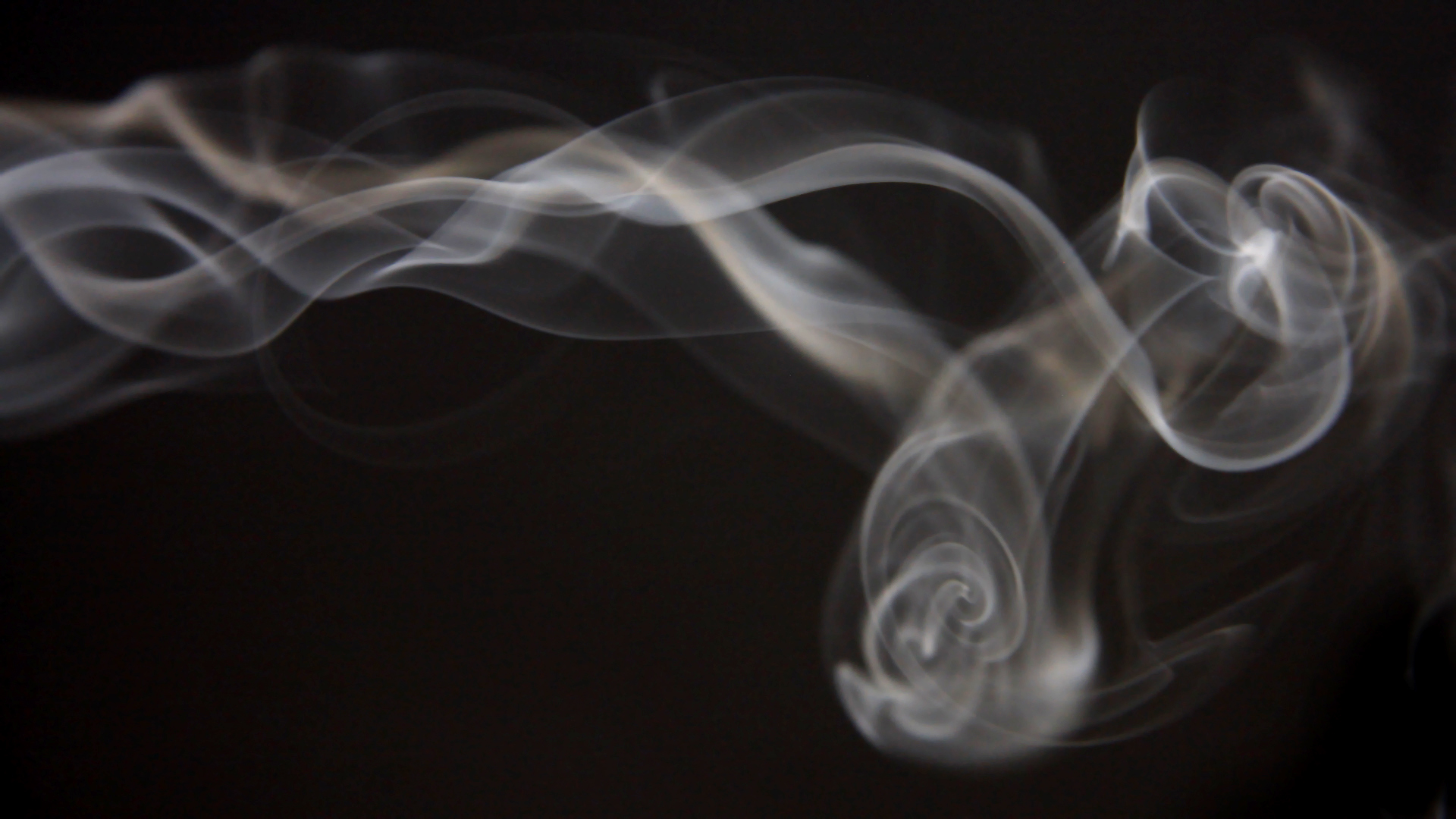Ramakrishna’s vs. Milo’s Temple: Nag Champa
Today I’m comparing three samples: one each of Nag Champa from Ramakrishna’s and Milo’s Temple, and one Special Nag Champa, also from Ramakrishna’s. I got the samples from Steve. Out of the three, he has only reviewed Ramakrishna’s Nag Champa so far.
Milo’s Temple is sold via a UK Etsy shop. You can buy 5 packs of 10 sticks each for £27 (about €40) plus shipping. To Germany, that’s about €13.
For Ramakrishna’s, you either have to order via GoaBay (20g of Nag Champa costs ₹250 or ₹88 on permanent offer; for Special Nag Champa, it’s ₹400 or ₹176 on permanent offer for 30g), or from this US eBay store. Here, the Special Nag Champa costs $9.51.

Milo’s Temple – Nag Champa
The floral aspect of this Nag Champa is more like Frangipani than Champaka, similar to the floral scent found in Goloka – Nag Champa, as well as their Frangipani out of the Organica line.
It has an extraordinarily captivating and surprisingly multifaceted sweetness. One of the first notes I pick up is a coconut-like sweet scent, but I also find hints of honey, benzoin, and vanilla.
The lush, dense scent also offers a subtle tartness and a few fine spicy notes. Occasionally, I detect a hint of a cosmetic freshness as well.

Ramakrishna’s – Nag Champa
This Nag Champa from Ramakrishna’s smells very similar to that of Milo’s Temple, but it’s less sweet and less complex, at least initially.
The scent seems more tart, and at first, I found it oddly empty, though this improved and in fact, the resemblance to Milo’s grew as the stick burned down. In the last few centimetres, I could even pick up some of the previously mentioned complexity. What was entirely absent, however, was the coconut-like association and the subtle spiciness in the background.
Shortly after lighting it, and just before it went out (I used a metal clip to stop the burn midway), I also noticed a brief ashtray smell, which only lasted a few moments. By the time the stick had burned out, this smell had disappeared.

Ramakrishna’s – Special Nag Champa
The incense sticks labelled ‘Special …’ from Ramakrishna’s seem to generally be especially thick. The stick in the picture weighs a hefty 4.2g at a length of 20cm.
I had expected the Special Nag Champa to be smokier or at least more intense in scent than the standard version, but they actually aren’t. However, I do have the impression that they burn significantly slower.
The scent is nearly identical to the standard version. Again, I find a slight ashtray note, which unfortunately remains subtly noticeable throughout. It’s a similar ashy smell to what you can get from patchouli herb, or from incense cones as they near their end. However, with Special Nag Champa, the scent seems to improve from about halfway down the stick, and the unpleasant smell diminishes as it goes on.
Like the standard version, I find Special Nag Champa to be rather tart and less sweet; once again, there’s an initial emptiness in the scent that also fades as it burns.
It seems likely that Milo’s Temple sources their incense from Ramakrishna’s, or from the same supplier as them. In this case, it appears that the batches vary from time to time.
I wonder if the inconsistent scent might be related to the shape of the sticks, as some get thicker towards the bottom. However, Ramakrishna’s Nag Champa stick was evenly rolled and still exhibited an irregular scent profile. Milo’s Temple, on the other hand, smelled rich and captivating from the start, with a consistent scent but a more conical shape.
Based on these samples, I find Milo’s Temple – Nag Champa to be the best because it smelled lush and seductive right from the beginning.
As for Ramakrishna’s, I would probably go for the standard version because I found it slightly better, and I don’t particularly care about the burn time.

